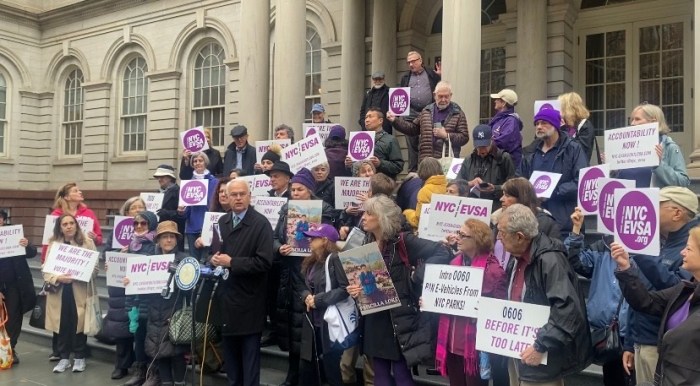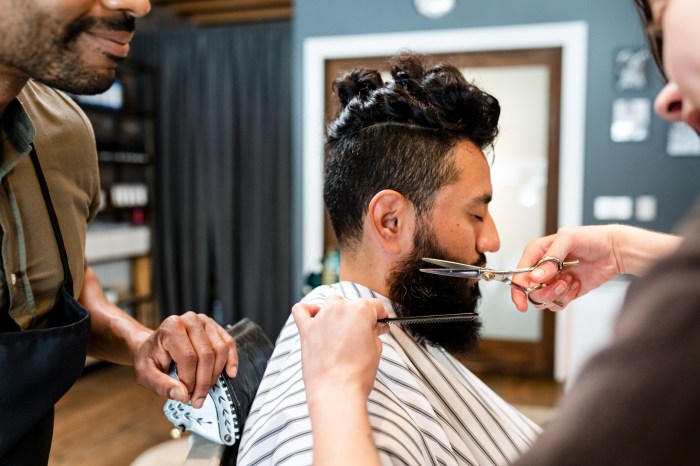By Joan Wettingfeld
The journey to New York lasted seven days and turned into a triumphal procession during which he was greeted by large crowds and many local officials. Along the way numerous towns, including Alexandria in Virginia and Philadelphia greeted him with celebrations. In Trenton , where he had defeated the Hessians, he was greeted with a 20-foot-wide arch covered with laurel and evergreens , and there were fetes and parades all through the journey.On April 23 he arrived at Elizabethtown, N.J. and from there crossed in a ceremonial barge which took him to Manhattan. The barge had been built by New Yorkers and was rowed by 13 pilots dressed in white. Meanwhile, preparations had been made for decorating and refurbishing Samuel Osgood's house at No. 3 Cherry St., which was chosen as the first executive mansion. The second would be the Macomb mansion, which belonged to a family of architects who worked on City Hall.At that time George Clinton was mayor of New York and he and other officers formed a procession escorting the president to the house selected for him by Congress The president did not accept a coach but wanted to walk to his new home. He remained there about a week while the House and Senate worked out the details of the formal plans for the inauguration ceremony.On April 30 Washington was escorted to the ceremony, which was to be held at Wall Street. He was led to the Senate chamber and with Vice President John Adams , some senators and representatives, stepped out onto a balcony to the loud cheers of the crowds below. Chancellor Robert Livingston administered the oath of office as there was as yet no Supreme Court justice. Suddenly Livingston recognized that no Bible had been provided. The embarrassing moment passed after a messenger hurriedly retrieved one from a nearby Masonic Lodge, making that Bible a famous artifact, indeed.Today we are likely to forget that New York was our nation's first capital. In the past New York had been where Washington had suffered a major defeat and after he gave his farewell address to his officers at Fraunces Tavern he took a ferry to New Jersey on his way to resign his commission at Annapolis, and returned to his beloved Mount Vernon.It appears all did not go well that first year for Washington as president contracted “anthrax,” as it was then called, but which was really an abscess that took months to heal. In 1790 he suffered from pneumonia. No wonder he was happy after a year to return to his beloved Mount Vernon when our capital was moved from New York.There is no doubt that while in New York Washington missed Mount Vernon. It had been his lifetime project and occupied his mind even during the Revolutionary campaign, for he wrote daily to his home and corresponded frequently with his managers at his Virginia estate. He had continued to do so during the Constitutional Convention. While he had occupied two mansions in New York, Mount Vernon continued to be his major concern. He had designed the house there with many unique and unusual touches that were new and unknown in those times.Washington sought at Mount Vernon an informal atmosphere and his use of asymmetry was later to influence American architecture and became important in American design in the coming centuries. He believed that a design theme unifies the house.Not only was Washington a designer but he also was a passionate collector of imported porcelain and china and a well-known connoisseur of that subject and of that area of study now called “antiques.”Joan Brown Wettingfeld


































